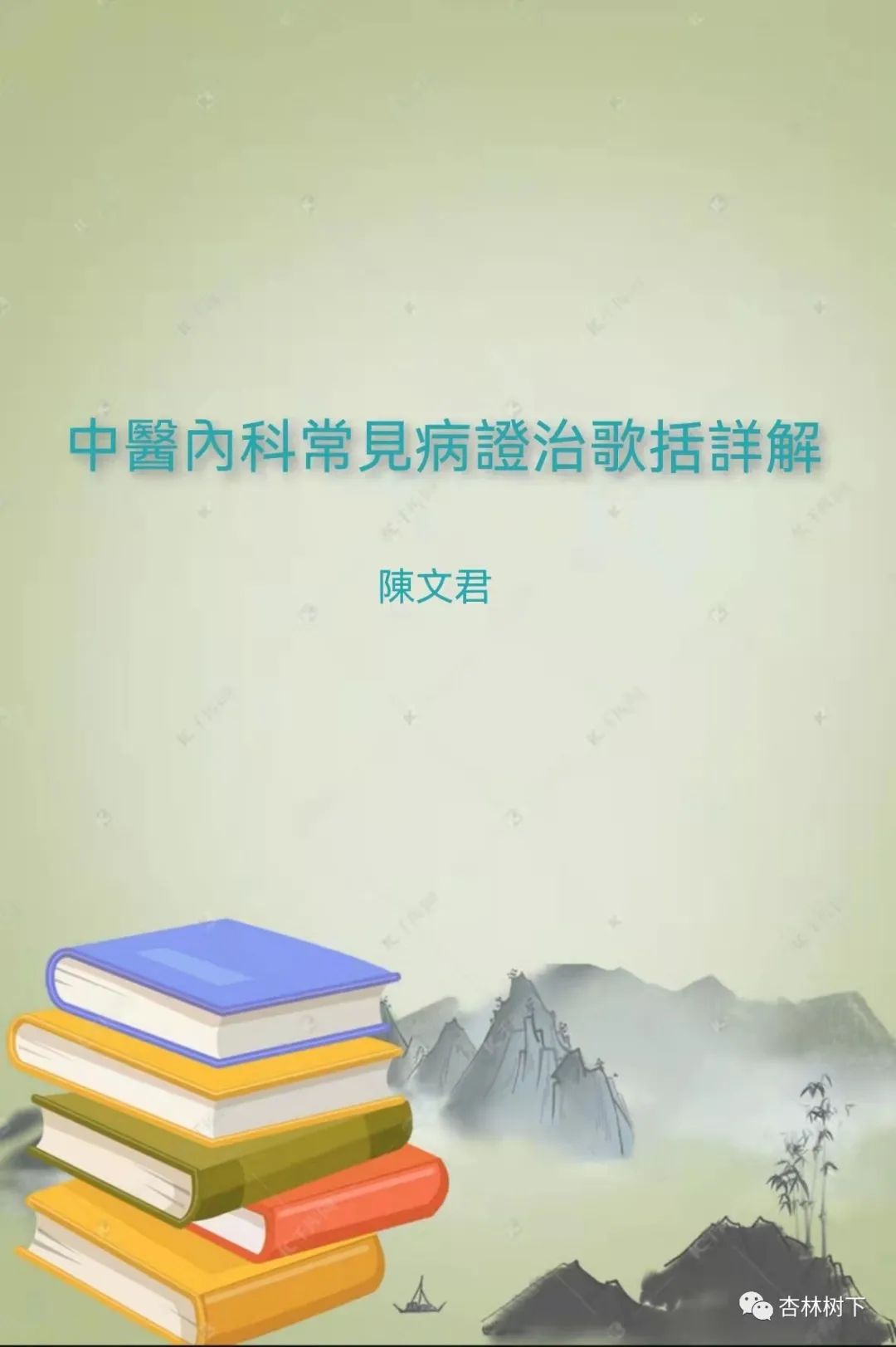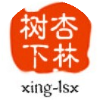
【Diagnosis and Treatment Summary】
Esophageal obstruction is characterized by blockage and difficulty in swallowing,
while obstruction of the diaphragm refers to the refusal of food and subsequent vomiting.
Phlegm and qi obstruction lead to diaphragm dispersal,
and over time, the “Three Obstructions” syndrome emerges:
Fluid deficiency and heat obstruction require An Zhong Decoction;
Blood stasis and internal obstruction require Tong You Decoction;
Qi deficiency and yang deficiency require differentiation of spleen and kidney,
warming the spleen and tonifying qi to promote spleen function;
For warming the kidney, You Gui Wan can be used;
Adjusting diet and emotions are complementary treatments.
【Analysis】
“Esophageal obstruction is characterized by blockage and difficulty in swallowing, while diaphragm obstruction refers to the refusal of food and subsequent vomiting”: Esophageal obstruction refers to the sensation of choking during swallowing; diaphragm obstruction indicates the inability to ingest food or vomiting immediately after eating. Although esophageal obstruction can occur independently, it often precedes diaphragm obstruction, as noted by Zhang Shiwan in the “Qian Jin Fang Yan Yi”: “Esophageal obstruction and diaphragm obstruction share the same qi; diaphragm syndrome begins with esophageal obstruction.” Therefore, in clinical practice, esophageal and diaphragm obstructions are often referred to together.
Esophageal obstruction must be differentiated from “guan ge” and “fan wei”: all three present with vomiting. Guan ge represents a critical stage of esophageal obstruction, primarily characterized by inability to ingest food and unpassable bowel movements, explained as yang exhaustion above preventing food and water from entering, and yin exhaustion below causing unpassable bowel movements, indicating a failure of the opening and closing mechanism, a manifestation of yin and yang separation.
Fan wei, also known as stomach reversal, primarily manifests as food remaining in the stomach for a period before being vomited, not immediately, but rather morning food vomited in the evening and vice versa, with the vomited material being undigested food. The pathogenesis of this condition is due to deficiency-cold in the middle jiao, which cannot digest food, leading to food stagnation and eventual vomiting. As stated in the “Sheng Ji Zong Lu” – Vomiting Section: “Food that is retained for a long time and then vomited indicates a lack of fire.”
“Phlegm and qi obstruction lead to diaphragm dispersal”: In the early stages of esophageal obstruction, it is often due to worry and anger, leading to liver and spleen qi stagnation, resulting in phlegm and qi obstruction. As stated in the “Su Wen – Discussion on the Differentiation of Xu and Shi”: “If the diaphragm is blocked and closed, there is no communication up and down, which is the disease of violent worry.” The treatment for phlegm and qi obstruction syndrome primarily uses Qi Di San.
“Over time, the ‘Three Obstructions’ syndrome emerges”: The location of esophageal obstruction is in the esophagus, governed by stomach qi, but it is closely related to the liver, spleen, and kidney. The pathogenesis of excess syndrome is the mutual obstruction of qi, blood, and phlegm, while the pathogenesis of deficiency syndrome involves fluid deficiency, heat obstruction, and weakened yang qi. Scholars can explore the meaning of the character “obstruction” in detail. As stated in the “Su Wen – Discussion on Yin and Yang Differentiation”: “The three yang obstructions are called diaphragm.”
“Fluid deficiency and heat obstruction require An Zhong Decoction”: The treatment for fluid deficiency and heat obstruction syndrome is modified An Zhong Decoction.
“Blood stasis and internal obstruction require Tong You Decoction”: The treatment for blood stasis and internal obstruction syndrome is primarily Tong You Decoction.
“Qi deficiency and yang deficiency require differentiation of spleen and kidney, warming the spleen and tonifying qi to promote spleen function; for warming the kidney, You Gui Wan can be used”: For qi deficiency and yang deficiency syndrome, it is essential to differentiate whether it is primarily spleen yang deficiency or kidney yang deficiency. If spleen yang deficiency is predominant, use Bu Qi Yun Pi Tang; if kidney yang deficiency is predominant, You Gui Wan can be used.
“Adjusting diet and emotions are complementary treatments”: Although the treatment of esophageal obstruction requires careful clinical differentiation, it should primarily focus on “caring for stomach qi”. If stomach qi is invigorated, the source of transformation is sufficient, and various syndromes can be addressed; conversely, if stomach qi is exhausted, all medications will be ineffective, and recovery will be impossible. However, this condition is often related to diet and emotional state, so mental comfort and dietary regulation are essential for auxiliary treatment.
【Additional Formulas and Brief Explanations】
Qi Ge San (from “Yi Xue Xin Wu”)
Qi Ge San containsYujin,,
Sha Shen, Dan Shen, Bei Mu, and Fu Ling;
Chuo Tou, and Sha Ren shells,;
Esophageal obstruction, fluid deficiency, and dryness require this formula.
(Sha Shen 9g, Dan Shen 9g, Fu Ling 3g, Chuan Bei Mu 4.5g, Yujin 1.5g, Sha Ren shells 1.2g, He Ye Ti 2 pieces, Chuo Tou 1.5g, decoct in water for oral administration.)
This formula is indicated for esophageal obstruction, characterized by choking sensation during swallowing, vomiting immediately after eating, or morning food vomited in the evening, with distension and pain in the stomach, a crimson tongue with little fluid, and dry constipation. In this formula, Sha Shen is the monarch herb, moistening the lungs, stopping cough, and nourishing the stomach to generate fluids. Bei Mu nourishes yin, transforms phlegm, and resolves phlegm; Sha Ren shells promote qi and disperse obstruction, serving as minister herbs. He Ye Ti awakens the stomach, and Fu Ling drains dampness and strengthens the spleen, promoting the transformation and distribution of water and fluids. Yujin and Dan Shen invigorate blood and resolve stasis; Chuo Tou guides the herbs to the throat and stomach, transforming turbidity and harmonizing the stomach to descend counterflow. The combination of all herbs achieves the effects of moistening dryness, resolving stasis, transforming phlegm, and descending counterflow.
Wu Zhi An Zhong Yin (Proven Formula)
Wu Zhi Yin contains five types of juices,
Leek, ginger, pear, lotus root, and cow’s milk juice;
Nourishing yin, harmonizing the stomach, and descending counterflow,
Fluid deficiency and heat obstruction are suitable for this formula.
(Cow’s milk 60ml, leek juice 10ml, ginger juice 10ml, lotus root juice 10ml, pear juice 60ml, mix well, decoct in water for frequent consumption.)
This formula is indicated for esophageal obstruction, chest oppression, hidden pain, swallowing obstruction, dry mouth and throat, difficult bowel movements, and emaciation. The formula uses cow’s milk to moisten dryness and nourish blood as the monarch herb, while leek juice and lotus root juice resolve stasis and benefit the stomach, ginger juice warms the stomach and disperses phlegm, and pear juice resolves phlegm and descends fire. The entire formula achieves the effects of nourishing blood, resolving stasis, transforming phlegm, and opening the diaphragm.
Tong You Decoction (from “Lan Shi Mi Cang”)
Tong You Decoction contains both Sheng Di and Shu Di,
Peach kernel, red flower, and Dang Gui;
Sheng Ma raises the clear and descends the turbid,
Esophageal obstruction and constipation require this formula.
(Sheng Di 20g, Shu Di 20g, Tao Ren 10g, Dang Gui 20g, Zhi Gan Cao 10g, Sheng Ma 10g, decoct in water for oral administration.)
This formula is indicated for pyloric obstruction with upward attack, characterized by esophageal obstruction, inability to move qi up and down, and difficult bowel movements. In this formula, Dang Gui is the monarch herb, nourishing blood, moistening dryness, and promoting bowel movements. Sheng Di and Shu Di serve as minister herbs, assisting Dang Gui in nourishing yin, benefiting blood, and moistening dryness. Peach kernel and red flower invigorate blood and dispel stasis, moistening the intestines and promoting bowel movements; Sheng Ma raises the clear yang in the stomach, guiding the herbs into the Yangming channel, enhancing the effect of promoting bowel movements. Zhi Gan Cao harmonizes the herbs and benefits qi. The combination of all herbs achieves the effects of invigorating blood, opening the orifices, and nourishing yin and blood.
Bu Qi Yun Pi Tang (from “Zheng Zhi Zhun Sheng – Class Formulas”)
Bu Qi Yun Pi contains the “Six Gentlemen” herbs,
Ginger, jujube, and Sha Ren assist Huang Qi;
Spleen and stomach deficiency with damp stagnation,
Promoting qi, transforming dampness, and resolving distension is advisable.
Note: This formula can also be cleverly remembered as “Six Gentlemen are looking for someone to play chess (Six Gentlemen: Ginger, Jujube, Ren, and Huang Qi).”
(Ren Shen 6g, Bai Zhu 9g, Chen Pi, Fu Ling each 4.5g, Huang Qi (honey-fried) 3g, Sha Ren 2.4g, Zhi Gan Cao 1.2g, water for two bowls, add a slice of ginger and a jujube, decoct to 80% and take on an empty stomach. If there is phlegm, add Ban Xia Qu 3g.)
This formula is indicated for esophageal obstruction due to spleen deficiency. Symptoms include inability to ingest water, excessive vomiting of thick, white foam, or facial swelling, foot edema, cold body, shortness of breath, fatigue, and abdominal distension. The formula includes Ren Shen, Bai Zhu, Huang Qi, and Zhi Gan Cao to tonify the spleen and benefit qi; Sha Ren, Chen Pi, and Ban Xia harmonize the stomach and descend counterflow; ginger and jujube harmonize the spleen and stomach. The combination of all herbs achieves the effects of tonifying the spleen and benefiting qi.
You Gui Wan (from “Jing Yue Quan Shu”)
You Gui Wan contains Di Fu Gui,
Shan Yao, Wu Wei Zi, and Dang Gui;
Du Zhong, Lu Jiao, and Gou Qi Zi,
This formula is the chief for nourishing the source of fire.
(Shu Di 240g, Chao Shan Yao 120g, Shan Zhu Yu 90g, Gou Qi 120g, Lu Jiao Jiao 120g, Tu Si Zi 120g, Du Zhong 120g, Dang Gui 90g, Rou Gui 60-120g, Zhi Fu Zi 60-180g, all ground into powder, made into honey pills, each pill weighing about 15g, taken once in the morning and evening.)
This formula is indicated for kidney yang deficiency and declining fire of the Mingmen. The formula uses Rou Gui, Fu Zi, and Lu Jiao Jiao as the monarch herbs to warm and tonify kidney yang, replenish essence, and nourish marrow. Shu Di, Shan Zhu Yu, Shan Yao, Tu Si Zi, Gou Qi, and Du Zhong serve as minister herbs to nourish yin, benefit the kidney, and nourish the liver and spleen. The entire formula combines tonifying yang and tonifying yin herbs, allowing yang to receive assistance from yin, leading to endless transformation, and the brilliance lies in seeking yang within yin; it also gathers various tonifying herbs into one formula, known as a pure tonifying formula without purging, nourishing the source of fire, and cultivating the original yang of the right kidney, hence the name You Gui.


